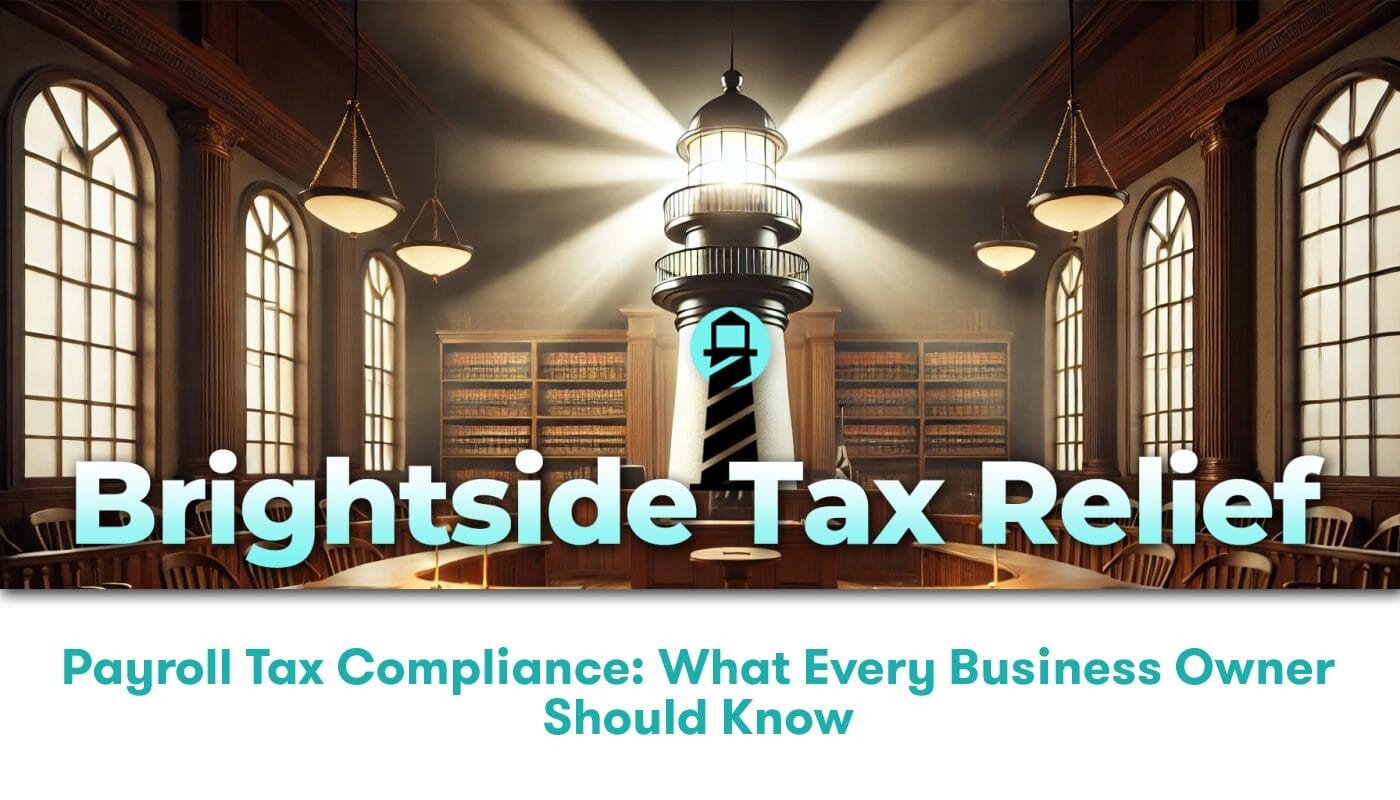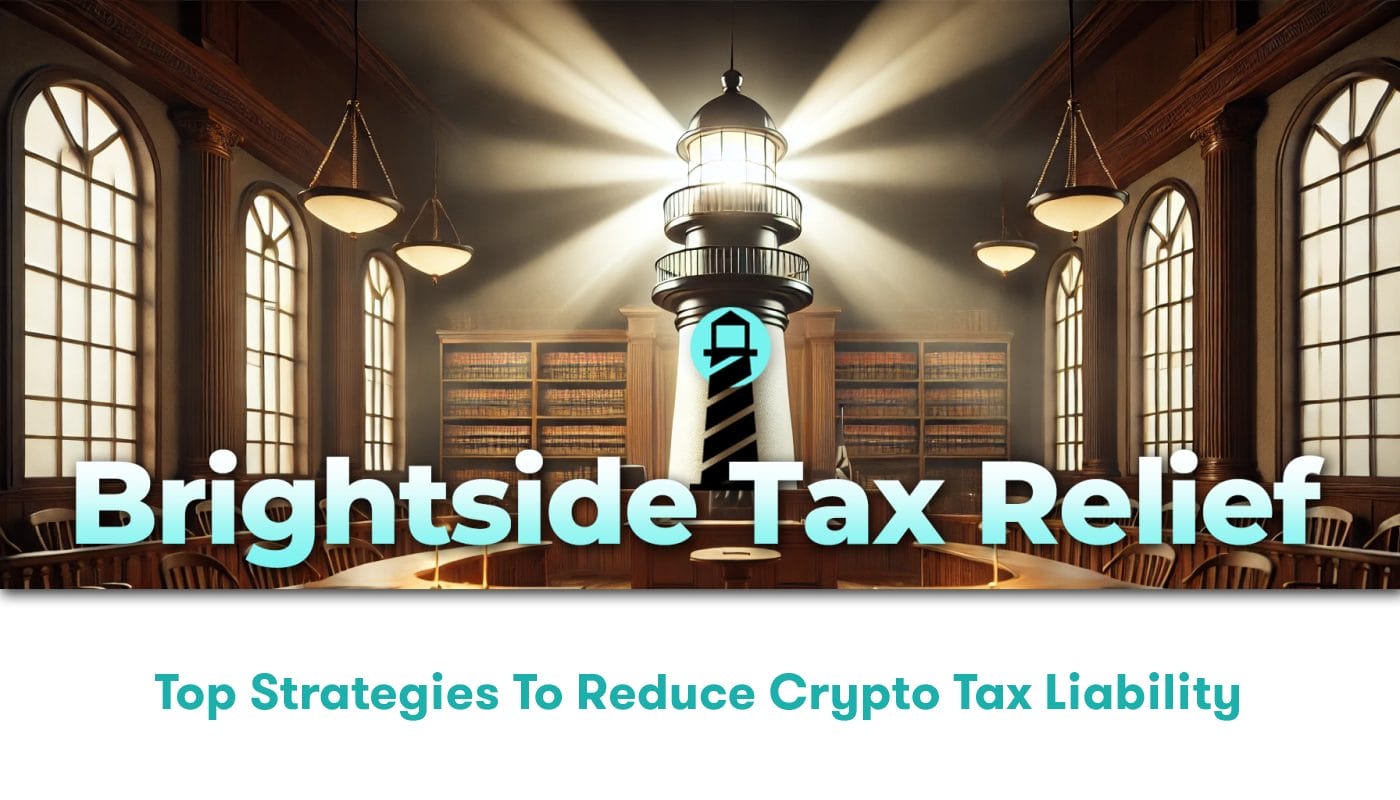Understanding Disaster Tax Relief
When a disaster strikes, its devastating effect sweeps through everything, including personal finances. Increased expenses and decreased income can push victims into a tough financial corner. For those affected, aligning their finances to life’s demands can seem overwhelming. To help offset some of this financial burden, the federal government offers Disaster Tax Relief. This relief can provide significant assistance to disaster victims as they rebuild and try to get back on their feet.
What is Disaster Tax Relief?
Disaster Tax Relief comes in the form of tax benefits specifically designed for those affected by a nationally declared disaster. This provision is a legislative act passed by Congress to provide temporary tax benefits to those individuals and business entities subjected to damages from a disaster. The benefits can include deductions for disaster-related losses, preferential loans for disaster-related expenses, and more relaxed rules for withdrawing and using money from tax-favored savings accounts.
How Disaster Tax Relief Functions
The most common type of Disaster Tax Relief provision allows for taxpayers in federally declared disaster areas to claim disaster-related casualty losses on their federal income tax return. These can be either for the current or the previous tax year.
• Depending on the situation, this could mean getting a refund for the previous year’s taxes soon after the disaster occurs.
• For individuals who haven’t yet filed their tax return for the previous year, they could claim the loss on that return.
• The area and the disaster occurrence date are the key determinants of eligibility for this tax relief.
Another major part of Disaster Tax Relief is the provision to access retirement accounts without the usual penalties. Victims can tap into these resources to handle disaster recovery expenses.
Eligibility for Disaster Tax Relief
The declaration of a disaster area by the federal government is primarily what makes you eligible for Disaster Tax Relief. This is usually after a request from the state’s governor. Some of the circumstances that may lead to such a declaration include severe storms, flooding, wildfires, hurricanes, and other catastrophic events. For a complete and updated list of areas currently recognized as disaster areas, you can refer to the IRS’ publication on federally declared disaster areas.
While the Disaster Tax Relief applies to those residing in the designated disaster areas, non-residents may also be eligible if they have disaster-related losses in the said areas.
The Benefits of Disaster Tax Relief
The benefits of Disaster Tax Relief are immense, particularly in the immediate aftermath of a disaster.
• Faster Tax Refunds: If you incurred a loss, you might be able to claim it on the previous year’s income tax return. This can ensure funds return to you faster.
• Penalty-Free Access to Retirement Accounts: Disaster victims can access their retirement funds earlier and without the usual 10 percent penalty.
• Carryback Losses: Tax laws allow victims to deduct disaster losses from their previous tax return, giving rise to refunds from those taxes.
• Increased Floor for Casualty loss deduction: The tax laws waive the existing 10 percent of Adjusted Gross Income (AGI) limit for disaster-related losses.
Claiming Disaster Tax Relief
To claim Disaster Tax Relief, you’ll need to itemize deductions on your federal tax return. It’s important that you have documents to establish the fair market value both before and after the disaster. This could be in the form of receipts, contracts, appraisals, or other paper trails.
An essential resource for all there’s to know about Disaster Tax Relief is the Internal Revenue Service’s website. An in-depth guide on this topic, including how to claim and journal publications, can be found on the IRS webpage on Disaster Tax Relief.
The Role of a Tax Relief Company
Understanding and navigating through the tax relief process can be nerve-wracking. Tax codes and laws are complicated and can be difficult to understand. That’s why many people turn to professional tax relief companies like Brightside Tax Relief.
At Brightside, our team of experienced tax professionals work closely with disaster victims, helping to decipher tax relief codes and laws, handle paperwork and ensure that the maximum relief is claimed. Our approach is friendly and empathetic, recognizing the trauma our clients have been through.
Final Thoughts
Disaster Tax Relief is a beacon of hope for those individuals and businesses affected by disasters. By providing much-needed financial assistance, it lessens the economic impact and stress associated with such catastrophic events.
Tax relief can seem complex and daunting, but you don’t have to struggle with it alone. Brightside Tax Relief is here to ensure that you not only understand these benefits but also utilize them in the best possible manner to rebuild and recover.






